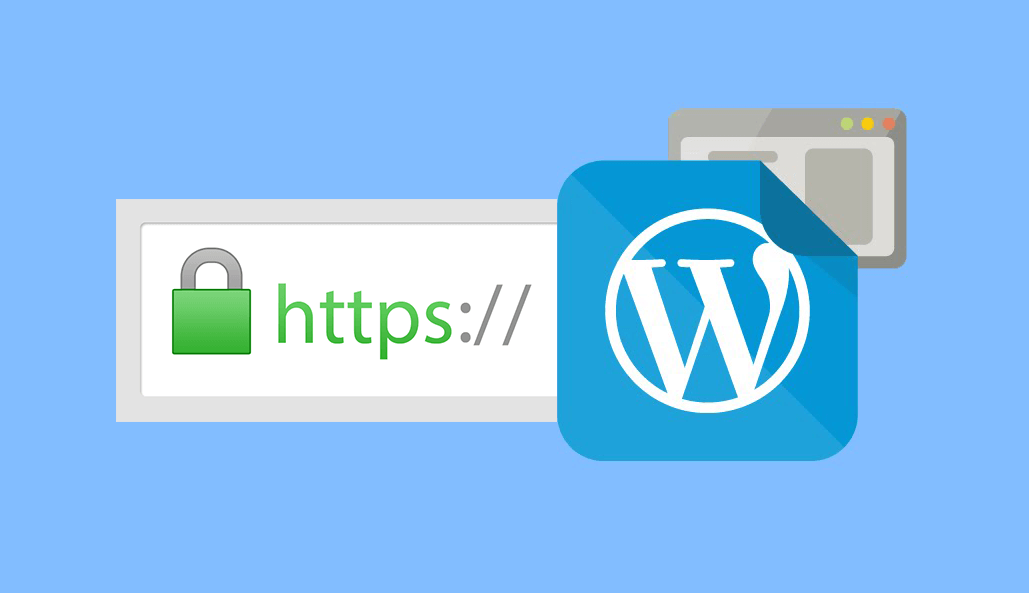WordPress is the most popular content management system for small companies and bloggers. With dozens of themes and plugins at your fingertips, getting started is so simple that you won’t even need to write a code word! But how are you to know whether you’re doing the proper thing if you’re not an expert website designer, developer, or site technician?
We have discovered these recommended practices to be the most effective method to operate current websites.
WordPress best practices 2025
-
Maintain a distinct domain, hosting, and email server.
It is recommended that you buy your domain, hosting, and email services individually. I advise all my customers that this cost cannot be avoided.
Domain names associated with hosting packages may be kept hostage by the hosting firm if the two parties ever decide to split ways. There may be a contractual duty for the corporation in issue to maintain the domain name, which stinks, but some unscrupulous businesses get away with it.
This way, you retain complete control over your domain’s destiny, and your hosting provider will never be able to keep it captive.
In terms of email, Google Workplace (formerly G Suite) and Microsoft 365 (previously Office 365) are viable and economical solutions. Additionally, you get other services such as cloud storage and document management, spreadsheets, and collaboration tools.
-
Never share a cPanel account across many websites.
This is a severe security breach. Additionally, it is an inefficient method of hosting your websites.
Simply because your hosting plan supports several websites inside the same cPanel account does not mean you should install multiple instances of WordPress.
Commercial web servers isolate each instance of cPanel inside a container – if one of the file directories on the server gets infected with malware, the server will physically prevent the infection from reaching the directories of other users.
If you host all your websites as sub-directories under the same cPanel root account, they are all in danger. Additionally, they will be sharing the same resources, making this a very inefficient method to host websites.
If you host numerous websites, create a reseller account to manage them all using WHM — a subset of cPanel. It’s worth the investment and provides additional security.
-
Always begin with SSL.

An SSL certificate is a must-have. It has been a sine qua non for some years now. If your site loads through http rather than https, visitors will notice that they are on an unsecured site.
If your website has a contact form, a payment form, or a shopping cart, visitors may opt not to purchase from you due to the insecure nature of your site. This warning will appear in all major online browsers and mobile devices.
Using an SSL certificate from the start simplifies things far more than adding one afterward and dealing with mixed content problems. SSL certificates are provided for free by all reputable hosting firms that use the Open Source Let’sEncrypt certificate authority.
-
Redirections should be performed at the server level.
It is not using a plugin that maintains a database of redirection. You should avoid employing redirection-related plugins. RankMath, Yoast, and Redirection are all popular plugins with this capability.
-
Avoid WordPress Redirection Plugins
Redirects should be made only at the server level, in the “. htaccess file”. Because the most common redirection plugins allow for exporting redirects to” .htaccess” or Nginx configuration files, they should not be utilized as a permanent solution. Without affecting the functioning of your website, your website administrator or manager will be able to deactivate your Redirection plugin.
-
Deactivate XMLPRC
XMLPRC is a protocol that enables external applications such as Windows Live Writer and the WordPress mobile app to communicate with WordPress. I propose altogether disabling XMLPRC through functions in the config and “.htaccess files.”
XMLPRC is insecure. When you disable it, assaults on your site will drastically decrease since hackers, and malicious bots prefer to target this antiquated method of accessing WordPress.
Because WordPress uses a more secure REST API, you may safely deactivate XMLPRC. This is included in my standard WordPress Installation and Configuration service or a stand-alone remedy.
-
Eliminate the Classic Editor
Gutenberg is here, and WordPress is investing heavily in its development. If you haven’t started using it yet and are still using the old ‘Classic Editor,’ it’s about time you did.
Indeed, there is a learning curve. It does need some adjustment. However, you’ll quickly discover that its possibilities are considerable, and it’s improving with each new primary edition of WordPress.
Gutenberg’s ‘blocks’ will soon support Full Site Editing (FSE), which means you may use Gutenberg blocks to visually design your site’s menu, header, footer, sidebar, and widgets.
Indeed, if you’re currently using a page builder like Divi or Elementor, you may want to consider abandoning it shortly. Gutenberg is much quicker than the output of multi-purpose page builders.
Additionally, you can immediately add FAQ and How-To Schema blocks from the WordPress editor if you’re using Yoast.
Connect with WordPress development company for more info. about WordPress best practices
Also check: Headless WordPress React





Share This Article:
Written by:
Muzammil K
Muzammil K is the Marketing Manager at Aalpha Information Systems, where he leads marketing efforts to drive business growth. With a passion for marketing strategy and a commitment to results, he's dedicated to helping the company succeed in the ever-changing digital landscape.
Muzammil K is the Marketing Manager at Aalpha Information Systems, where he leads marketing efforts to drive business growth. With a passion for marketing strategy and a commitment to results, he's dedicated to helping the company succeed in the ever-changing digital landscape.